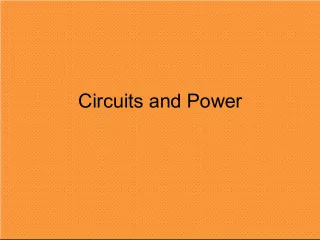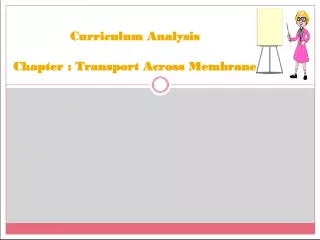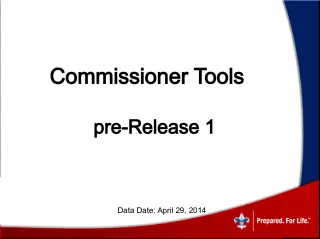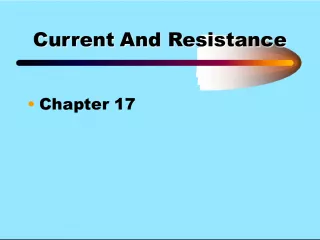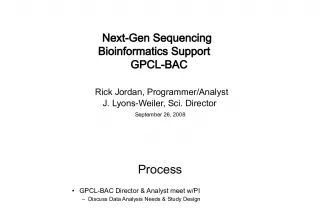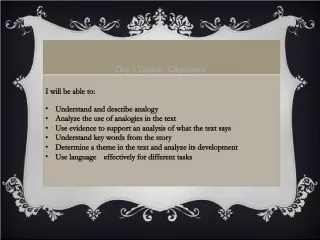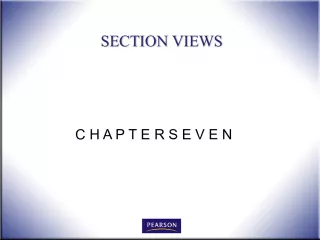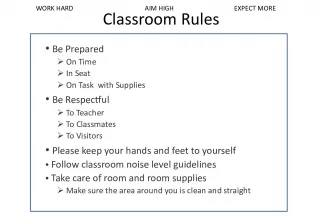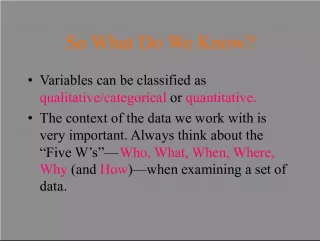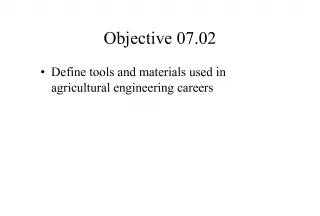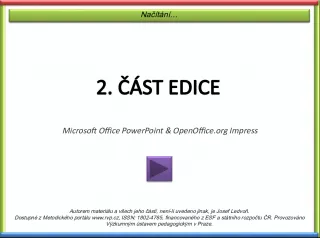Profiting with Technical Analysis Using Two Basic Tools: Understanding Support and Resistance Levels


In this course, we will familiarize you with the two essential tools of technical analysis: support and resistance levels. We will teach you how to build a trading strategy based on these tools, test it on historical data, and evaluate the results to maximize your trading profits.
- Uploaded on | 1 Views
-
 jacobson
jacobson
About Profiting with Technical Analysis Using Two Basic Tools: Understanding Support and Resistance Levels
PowerPoint presentation about 'Profiting with Technical Analysis Using Two Basic Tools: Understanding Support and Resistance Levels'. This presentation describes the topic on In this course, we will familiarize you with the two essential tools of technical analysis: support and resistance levels. We will teach you how to build a trading strategy based on these tools, test it on historical data, and evaluate the results to maximize your trading profits.. The key topics included in this slideshow are technical analysis, support levels, resistance levels, trading strategy, historical data,. Download this presentation absolutely free.
Presentation Transcript
1. Profiting with Technical Analysis Profiting with Technical Analysis Using its two Basic Tools
2. Our Objectives: Our Objectives: Familiarize you with two basic tools of Technical Analysis. Build a Trading Strategy based on these two tools. Test our trading strategy on historical data. Evaluate the results.
3. Basic Tool I Understanding Support & Resistance Level Basic Tool I Understanding Support & Resistance Level
4. Support Level: It is a price level at which sufficient demand for a stock appears to hold a downtrend temporarily at least, and possibly reverse it. At this level buying force is greater than selling. Resistance Level: It is a price level at which sufficient supply of a stock is forthcoming to stop and possibly turn back its uptrend. At this level selling force is greater than buying.
5. Basic Tool II Understanding Trend Identification Basic Tool II Understanding Trend Identification
6. To identify a trend, spot the peaks and troughs of prices. Uptrend is identified with higher peaks and higher troughs. Downtrend is one with lower peaks and lower troughs. Range bound trend has overlapping sections.
7. II. Build a Trading Strategy using these two tools. II. Build a Trading Strategy using these two tools.
8. When to Buy? When to Buy? Well buy if prices are in Uptrend, AND When price crosses the resistance level. When to cover our position? When to cover our position? Well cover our buy position, when price falls below the last trough, which indicates a trend reversal. Where is our Stop Loss? Where is our Stop Loss? Well place our initial stop loss just below the previous trough to our entry.
9. III.Lets test our trading strategy on historical data! III.Lets test our trading strategy on historical data!

